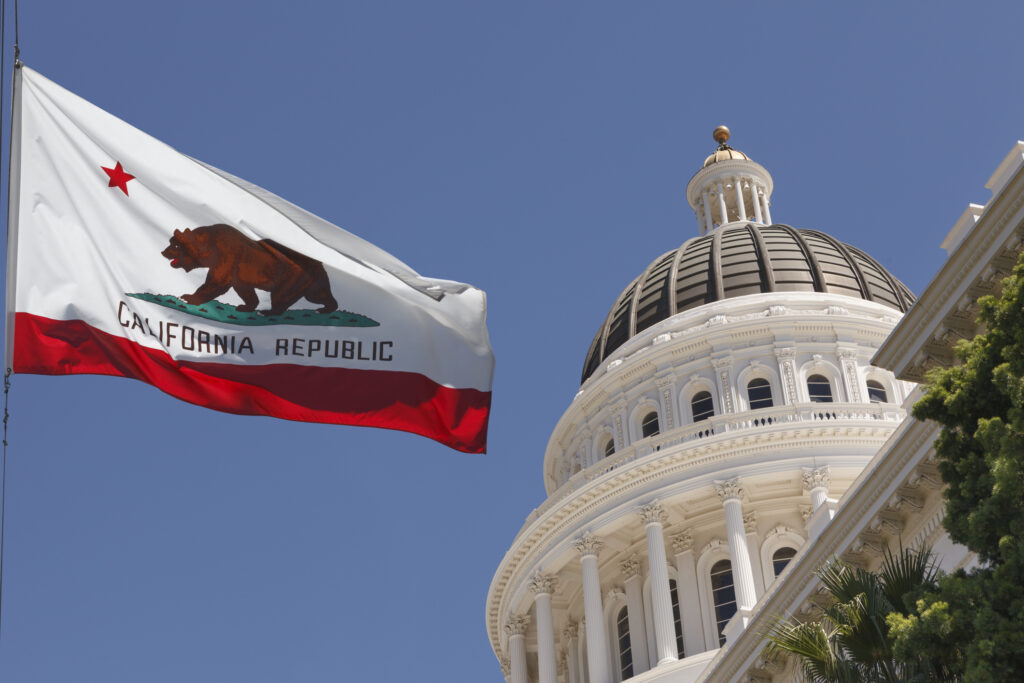
[ad_1]

Whilst California strikes to deal with regulatory obstacles to honest, actuarially sound insurance coverage underwriting and pricing, the state’s danger profile continues to evolve in ways in which underscore the significance of risk-based insurance coverage pricing and funding in mitigation and resilience.
Triple-I’s newest “State of the Danger” Points Transient discusses this altering danger surroundings and the affect of Proposition 103 – a three-decades-old measure that has made it onerous for insurers to profitably write protection within the state. In a dynamically evolving danger surroundings that features earthquakes, drought, wildfire, landslides, and — in recent times, on account of “atmospheric rivers” — damaging floods, Proposition 103 has prevented insurers from utilizing probably the most present knowledge and superior modeling applied sciences. As a substitute, it has required them to cost protection based mostly on historic knowledge alone.
It additionally has restricted correct underwriting and pricing by not permitting insurers to include the price of reinsurance into their pricing. Insurers use reinsurance to maximise their capability to put in writing protection, and reinsurance charges have been rising for lots of the identical causes as major insurance coverage charges. If insurers can’t mirror reinsurance prices of their pricing – notably in catastrophe-prone areas – they need to pay for these prices from policyholder surplus, cut back their market share within the state, or do each.
Proposition 103 additionally has impeded premium charge modifications by permitting shopper advocacy teams to intervene within the rate-approval course of. This makes it onerous to reply rapidly to altering market circumstances, leading to approval delays and charges that don’t precisely mirror present (not to mention future) danger. It additionally drives up authorized and administrative prices.
This has led, in some instances, to insurers deciding to restrict or cut back their enterprise within the state. With fewer personal insurance coverage choices out there, extra Californians are resorting to the state’s FAIR Plan, which provides much less protection for a better premium.
This isn’t a tenable state of affairs.
In September 2023, California Insurance coverage Commissioner Ricardo Lara introduced a Sustainable Insurance coverage Technique for the state that features permitting insurers to make use of forward-looking danger fashions that prioritize wildfire security and mitigation and embody reinsurance prices into their premium pricing. In change, insurers should cowl owners in wildfire-prone components of the state at 85 p.c of their statewide protection.
Points round property insurance coverage affordability aren’t confined to California. They’ve been a very long time within the making, and so they received’t be resolved in a single day.
“Any sustainable options must relaxation on actuarially sound underwriting and pricing rules,” the Triple-I temporary says. “Sadly, too usually, the general public discourse frames the chance disaster as an `insurance coverage disaster’ – conflating trigger with impact. Legislators, spurred by calls from their constituents for decrease insurance coverage premiums, usually suggest measures that may are inclined to worsen the issue as a result of these proposals usually fail to mirror the significance of precisely valuing danger when pricing protection.”
California’s Proposition 103 and the federal flood insurance coverage program previous to its Danger Score 2.0 reforms are simply two examples, based on Triple-I.
Study Extra:
Triple-I Points Transient: Wildfire
Triple-I Points Transient: Flood
Triple-I Points Transient: Danger-Primarily based Pricing of Insurance coverage
How Proposition 103 Worsens Danger Disaster in California
Is California Severe About Wildfire Danger?
Pricey California: As You Prep for Wildfire, Don’t Neglect Quake Danger
[ad_2]